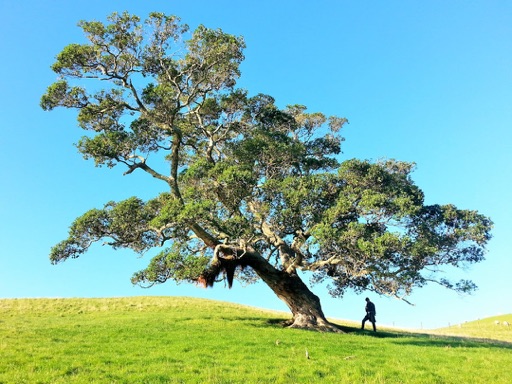Bonsai trees are not just plants; they are a compelling blend of art and horticulture that has fascinated people for centuries. Originating in Japan and rooted in ancient Chinese traditions, bonsai represents the beauty of nature in miniature form. Through meticulous care and skillful cultivation, these trees are shaped and trained to reflect their natural counterparts, capturing a sense of peace and tranquility.
The practice of bonsai requires understanding the tree species’ needs, including light, water, and nutrients. Over time, it becomes apparent that each tree has its unique personality, which must be respected during its training. Techniques such as pruning, wiring, and repotting play a crucial role in shaping the tree and promoting healthy growth.
Creating a bonsai is not merely about aesthetics; it’s a spiritual journey. Practitioners often learn meditation through the slow and deliberate processes involved in cultivation. As each cut is made and every wire is applied, there lies an opportunity for reflection and connection with nature.
Regardless of skill level, anyone can start their journey into bonsai. All that is required is a suitable tree, some tools, and a bit of patience. Numerous beginner kits are available on the market that provide everything needed to begin, including guidance on best practices.
In conclusion, bonsai trees are more than just small plants; they are a window into the craftsmanship and emotional engagement of those who nurture them. As one tends to a bonsai, they simultaneously cultivate a deeper appreciation for nature and their place within it.

Source: Healthline





